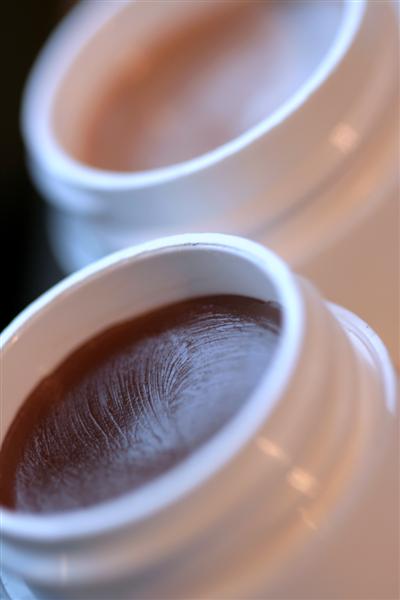 As an environmental writer, I have the unique opportunity to explore a multitude of eco-related subjects. With environmental news rightfully focused on catastrophic events such as the Gulf Oil Spill, and stories about greenwashing running rampant, it may seem like there’s a fog descending upon the green world. But, I source exciting fresh information daily, I'm impressed with the level of new eco-friendly products and sustainable materials available.
As an environmental writer, I have the unique opportunity to explore a multitude of eco-related subjects. With environmental news rightfully focused on catastrophic events such as the Gulf Oil Spill, and stories about greenwashing running rampant, it may seem like there’s a fog descending upon the green world. But, I source exciting fresh information daily, I'm impressed with the level of new eco-friendly products and sustainable materials available.
As a blogger I feel that it is my duty and honor to dish out environmental news and commentary about things that have the capacity to enrich the environment and hopefully, create a more sustainable future for our kids.
I was invited last month to the Omega Institute of Holistic Studies to tour one of the most sustainable buildings in the world and listen to architects, designers and eco-visionaries discuss the inspirational process of creating the Omega Center for Sustainable Living (OCSL). The OCLS is a state-of-the-art water reclamation facility and environmental education center that brings together wastewater recycling, clean energy, green architecture and other sustainability elements that can be replicated locally and globally.
Omega spent the last four years working to achieve one of the most prestigious honors in the green world – The Living Building Challenge. To make this happen, Omega had to reach the most advanced level of sustainability in a built environment. Here we (writers and photographers) are hearing Omega's, Skip Backus talk about building the OCSL:

Three awe-inspiring things I learned at the OCSL:
1. As a high-performance designed building, the OCSL is powered by passive solar heating, a geothermal system, a photovoltaic power and includes a greenhouse and green roof, constructed wetlands and a green classroom that integrate seamlessly with the natural environment.
2. The OCSL is a teaching facility that teaches Omega participants as well as local schoolchildren how to adopt sustainable living practices in their own lives and homes.
3. From waste come life – At the core of the center is a greenhouse with a living water filtration system that uses plants, bacteria, algae, snails and fungi to recycle Omega’s wastewater (approximately 5 million gallons per year) into clean water used to restore the aquifer. To watch a video about the OCSL and learn more CLICK HERE.

While I was visiting Omega, a conference called, Design By Nature: Creative Solutions With Biomimicry, Permaculture & Sustainable Design was in full swing. This event brought together some of the nation’s foremost leaders in the fields of biomimicry, permaculture, and sustainable architecture. The main objective was to explore the creative potential of these promising green technologies for the sustainability of the planet.
Biomimicry (from bios, meaning life, and mimesis, meaning to imitate) is a fascinating emerging science that studies nature’s best ideas and then imitates these designs and processes to solve human problems.
Biomimicry can answer questions such as:
How would nature get water to the desert?
How would nature heat and cool a home?
How would nature create color without harmful chemicals or dyes?
How would nature create non-toxic waterproof adhesive?
To find the answers to these questions and read more about how biomimicry can change our lives CLICK HERE.
As we hope to forge towards a more sustainable future, we can learn so much from "living buildings" like the OCSL at Omega, and scientific ideas such as biomimicry. They truly fill me with the promise of a bright green future.
Photo Credits: Omega Institute and Care2
 Materials:
Materials:






